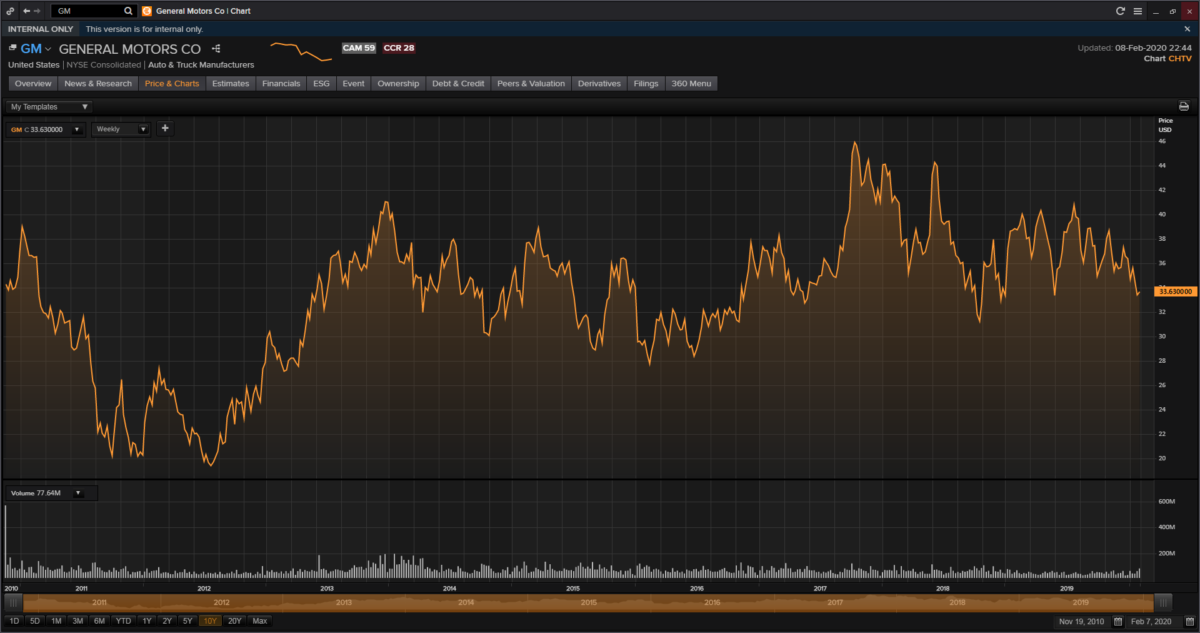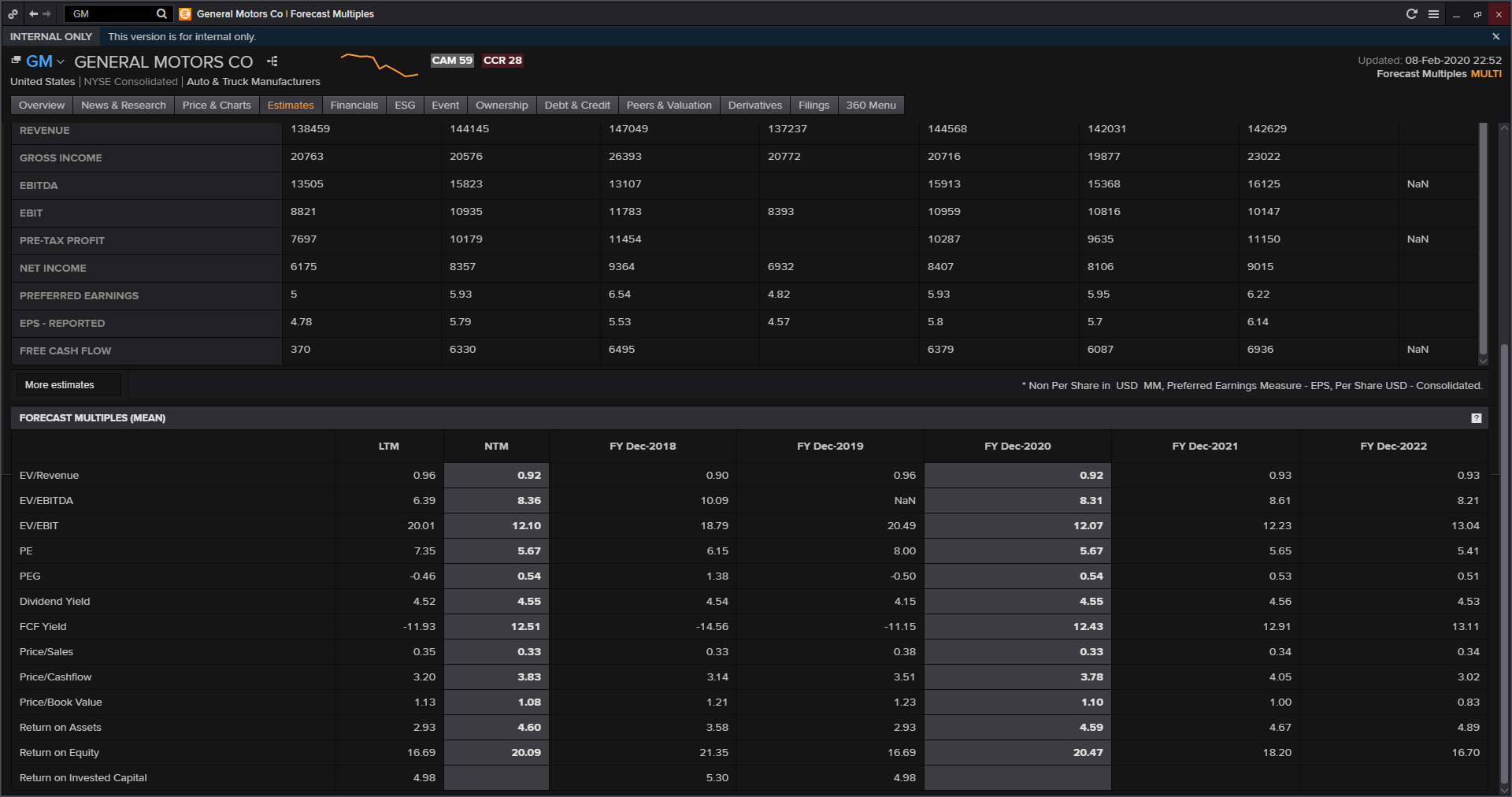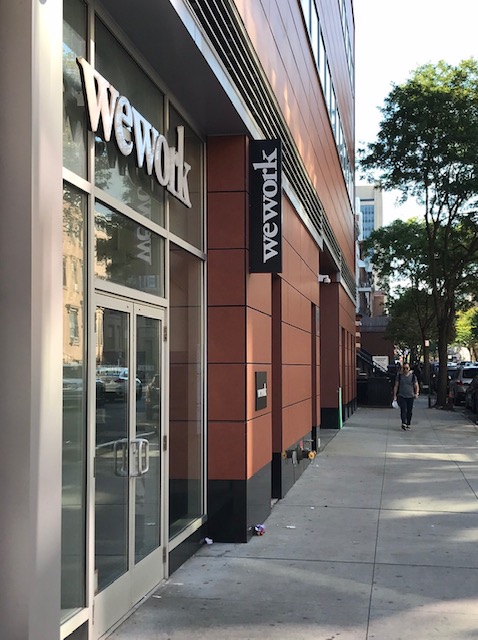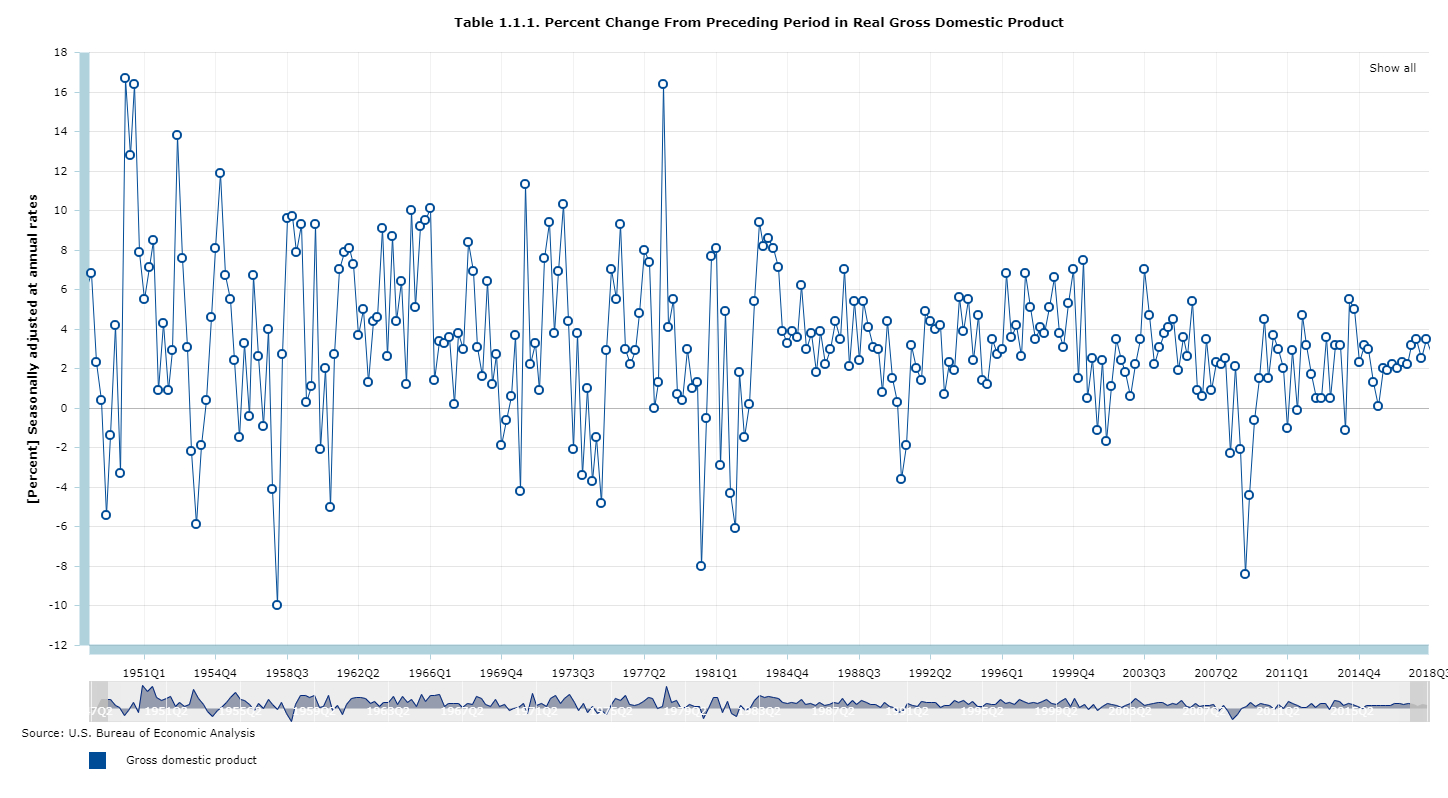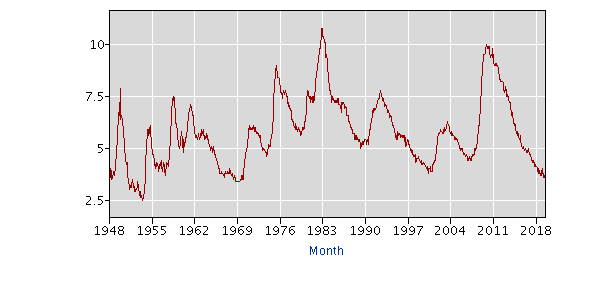Though some expected it this week, we hear Robinhood’s much-anticipated IPO filing should be out next week to keep the popular but controversial stock and crypto trading app on schedule to debut later in June.
Among other things, it is going to be interesting to see how many users Robinhood now has. Despite getting all that bad press for restricting small investors from pushing up the prices of meme stocks such as AMC Entertainment and GameStop, the episode prompted many investors to find out more about Robinhood and how its app works (and sign up).
The other big question the filing will answer is how much of the IPO Robinhood will be allocated to its own users. Hot tech IPOs typically allocate only 5% to retail (excluding the directed share program), though Robinhood has such a large base of investors that will be interested that it may well set aside 10%-20%. If you love trading on Robinhood, why wouldn’t you bid for shares in its IPO?
Meanwhile, Robinhood this week conducted a small but fascinating experiment that saw it secure 1% of the $580m IPO of medical scrubs company Figs for its users.
No detail on how many requests or “conditional buy orders” Robinhood drummed up for Figs and how many users actually got stock but it was very easy to put in a request via the app. It was just much harder to get stock and I know first-hand that some that bid for even just one share got none .
Naturally there was not enough stock to go around but the IPO access feature on its app showcased a sleek and elegant way for investors to lodge requests for stock and get alerts on whether they were successful. Notably the app disclosed the final price of the IPO before the company got the press release out and before the media found out on Wednesday but it wasn’t until Thursday morning a few hours before the stock debuted that investors found out whether they got stock or not.
It may just be a teaser for how Robinhood is going to manage its own IPO, but there is no doubt the broader thrust of “democratising” IPOs (though not a new idea) in is keeping with wider societal changes that, like any change, not everyone is going to embrace.
There are definitely no technological barriers to getting small investors involved in deals where sometimes the terms can change materially late in the game.
Yet IPOs are still very tightly regulated and follow rules (communication rules especially) that often feel like they are from another era.
One possibility is that greater retail participation in IPOs brings with it greater volatility and is ultimately counter-productive by bringing more companies to market that shouldn’t be public (something the SPAC phenomenon has also resulted in). The full implications remain to be seen, though it is also true the technology allows Robinhood to closely monitor trading activity and, for instance, compel investors not to churn stock purchased in an IPO.
For banks, the debates rages as to whether fintechs like Robinhood are as much a threat to their businesses as is commonly believed. But one thing for certain is that the banks are still financing these upstarts and are likely to collect plenty of fees in the coming months as many of them are sure to go public.






